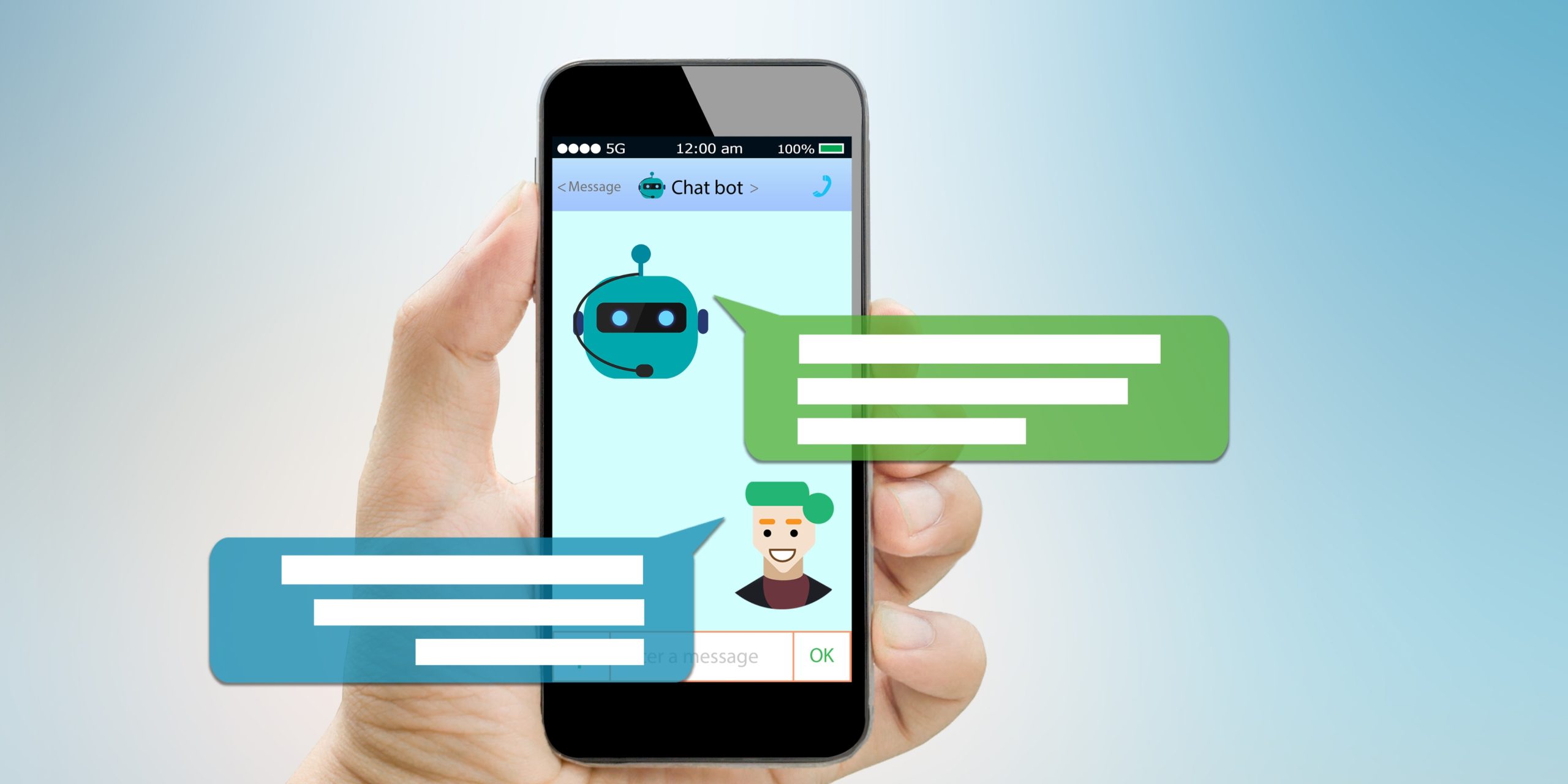Artificial intelligence (AI) is changing classrooms across the United States — from primary schools to community colleges to major research universities. Educators are experimenting with AI tools for personalized learning, grading, formative assessment, lesson planning, and administrative tasks. At the same time, schools face tough questions about equity, privacy, academic integrity, and how to train teachers to use these tools well.
This long-form guide explains how U.S. schools are adopting AI, what the research says about benefits and risks, practical examples of classroom uses, rollout strategies that work, and clear action steps for administrators and teachers. The tone is empathetic and practical: AI is a big shift, and schools are still figuring out what good implementation looks like — but there are concrete, research-backed ways to move forward.
Quick snapshot — what you’ll learn
- How widely AI is used in K–12 and higher education today and where adoption is growing. RAND Corporation+1
- Practical classroom uses of AI (personalized practice, writing support, tutoring, assessment automation). U.S. Department of Education+1
- The main benefits (efficiency, personalization) and documented risks (bias, over-reliance, privacy, variable effectiveness). MIT Sloan+1
- Evidence-based rollout steps (pilot, measure, train, govern) and policy trends. U.S. Department of Education+1
Where U.S. schools stand today: adoption snapshot and trends
Adoption of AI across U.S. schools is real but uneven. National surveys and research reports from RAND, EdWeek, and Stanford show a rapid increase since the rise of generative AI tools such as ChatGPT in late 2022 — but use varies a lot by role, district resources, and grade level.
- Teachers & principals: In the 2023–24 school year, RAND found roughly one-quarter of teachers reported using AI tools for instructional planning or teaching; school leaders reported even higher use for administrative tasks. RAND Corporation
- Professional development: By fall 2024, the EdWeek Research Center reported that about 43% of teachers had at least one AI training session — a sharp increase from earlier in 2024, but still leaving a majority with limited PD. Education Week+1
- Policy & guidance: The U.S. Department of Education has published inventories and guidance on AI use-cases and best practices, signaling federal interest in safe, equitable adoption. State-level activity (e.g., Ohio mandating AI policies) shows policymakers are actively creating rules. U.S. Department of Education+1
The picture: many schools are piloting AI, but widespread, high-quality implementation requires stronger training, governance, and funding.
How schools are using AI — real classroom and school examples
AI isn’t a single classroom magic bullet — it’s a set of tools used for different purposes. Here are the most common, practical applications:
- Personalized practice and tutoring
Adaptive platforms use AI to tailor practice problems to each student’s mastery level, speeding remediation and extension. These systems analyze patterns of right/wrong answers to select the next learning steps. Research and EdTech pilots show meaningful gains when teachers integrate adaptive practice with human feedback. RAND Corporation+1 - Generating differentiated lesson materials
Teachers use generative AI to create leveled texts, formative quizzes, or scaffolding prompts in minutes — a huge time-saver for busy educators. When paired with teacher review, these materials can increase classroom responsiveness. Stanford News - Formative assessment and grading automation
AI can grade objective items at scale and provide draft feedback for written work. This frees teachers to focus on higher-value feedback and small-group instruction. However, automated grading of complex written responses still needs careful human oversight due to accuracy and fairness concerns. RAND Corporation - Language support & accessibility
Translation, text-to-speech, and summarization tools powered by AI help English learners and students with disabilities access grade-level content more readily. These features can support inclusion when implemented correctly. U.S. Department of Education - Administrative efficiency
District leaders report using AI for scheduling, data dashboards, and grant-writing assistance — tasks that reduce back-office burdens and let staff spend more time supporting students. Principals reported higher usage of AI for administrative tasks than teachers did for instruction in some surveys. RAND Corporation - Tutoring-as-a-service
Some districts contract with AI-powered tutoring services to deliver extra practice outside school hours. When aligned with classroom curricula and human tutoring oversight, these services can extend learning opportunities affordably. impact-openlearning.mit.edu
What the research and leading universities say
Major research centers and universities urge cautious optimism: AI has real potential but outcomes depend on design and governance.
- RAND: Their national studies show early adoption but emphasize variability in teacher guidance and district policies. RAND recommends stronger guidance and equity-focused rollout. RAND Corporation+1
- Stanford HAI / AI Index: Stanford’s AI Index and education research note increasing regulations and the rapid growth of AI tools — both factors that influence how schools adopt technology. They also call for data-driven evaluation of impact. Stanford HAI+1
- MIT & MIT Open Learning: MIT’s education researchers emphasize grounding tools in learning science; they warn against simple substitution (AI replacing fundamental instruction) and promote designs that augment teacher capacity. impact-openlearning.mit.edu+1
In short, top academic voices recommend: design AI tools to align with evidence-based teaching practices; pilot and measure rigorously; and prioritize educator involvement.
Benefits: where AI genuinely helps
When implemented thoughtfully, AI delivers several measurable advantages:
- Efficiency gains for teachers — automating low-value tasks (grading, content generation) gives teachers time for planning and small-group instruction. RAND Corporation
- Improved personalization — adaptive platforms adjust pacing so students who need more practice get it without holding back others. impact-openlearning.mit.edu
- Expanded access — translation and accessibility features help linguistically diverse classrooms and learners with disabilities. U.S. Department of Education
- Data-informed instruction — AI can surface learning gaps and predict which students may need intervention, enabling earlier support. RAND Corporation
These benefits are strongest when AI tools are integrated into a teacher-led workflow, not used as autonomous replacements.
Risks and real problems to watch for
AI also creates real challenges that districts must manage:
- Equity & access — Unequal access to devices, broadband, and high-quality tools can widen existing opportunity gaps. RAND highlights uneven adoption across districts, often correlated with resources. RAND Corporation
- Privacy and data security — Student data used to train models raises concerns about consent, data retention, and third-party use. The Department of Education and states are developing guidance to help schools protect student information. U.S. Department of Education
- Academic integrity — Generative tools make it easier to create text and code; districts must update policies on acceptable use and assessment design. Many schools are shifting assessments toward in-class, performance-based tasks. RAND Corporation
- Bias and fairness — AI models trained on biased data can produce unfair or inaccurate outputs for certain groups. Human oversight and bias audits are essential. MIT Sloan
- Cognitive effects & dependence — Emerging (and contested) research raises questions about whether over-reliance on AI might reduce deep learning or attention; the education community is monitoring evidence closely. Some studies have raised cautionary flags about cognitive impacts, indicating the need for balanced use and curriculum that still emphasizes critical thinking. Le Monde.fr+1
Policy landscape and governance — what districts and states are doing
Policy activity is accelerating at multiple levels:
- Federal guidance: The Department of Education has published an AI use-case inventory and reports recommending principles for responsible use. Federal attention signals funding and regulatory attention may follow. U.S. Department of Education+1
- State rules: States are creating model AI policies for schools; for example, Ohio passed requirements for districts to develop AI policies and resources. Expect more states to follow with mandatory frameworks. Axios
- Local governance: Many districts are drafting AI acceptable-use policies, teacher training plans, and procurement guidelines that require vendors to meet privacy and bias-audit standards. Resources like TeachAI provide toolkits for district policy development. teachai.org
Good governance includes clear acceptable-use policies, vendor vetting (privacy and security), teacher training, and ongoing evaluation.
Evidence-based steps for schools to adopt AI (pilot → scale)
If you’re a district leader, principal, or teacher wondering how to proceed, follow these pragmatic steps grounded in research and expert recommendations:
- Start with the problem, not the tool
Identify the teaching or administrative pain point (e.g., grading load, formative assessment gaps) and search for tools that directly address it. Avoid adopting AI because it’s trendy. RAND Corporation - Pilot with a small, diverse group
Run a 6–12 week pilot in a few classrooms that represent different student populations. Measure learning outcomes, teacher time saved, and student engagement. RAND and MIT recommend iterative pilots. RAND Corporation+1 - Define clear metrics
Track a mix of process and outcome metrics: teacher time on task, student learning gains on aligned assessments, equity of outcomes across subgroups, and user satisfaction. - Require human-in-the-loop oversight
Use AI to draft or suggest, but require teacher review for all student-facing content and grading decisions for complex work. This reduces bias and maintains instructional quality. MIT Sloan - Invest in professional learning
Provide not only technical training but also pedagogical training that shows how to integrate AI into teaching practices. EdWeek shows PD is expanding but still incomplete; invest in deep, ongoing training. Education Week+1 - Vet vendors for privacy, security, and bias mitigation
Require contracts that limit data retention, prohibit secondary uses of student data, and include model transparency or bias-audit clauses. Consult IT and legal teams. U.S. Department of Education - Scale intentionally with continuous evaluation
Expand only after pilots show positive impacts and after addressing equity and data concerns. Keep governance and teacher voice central to decisions.
Table: Quick guide — AI tools by classroom purpose
| Purpose | Example tools / types | Teacher role |
|---|---|---|
| Adaptive practice | Math/reading platforms with AI-driven pacing | Curator & small-group instructor |
| Content generation | Generative models for worksheet drafts | Reviewer & differentiator |
| Grading automation | Auto-scoring for objective items; draft rubrics for essays | Final rater & feedback improver |
| Accessibility | Translation, TTS, automatic captioning | Enhancer for inclusive instruction |
| Tutoring | AI tutors for after-school practice | Monitor & aligner to curriculum |
| Admin tasks | Scheduling, data dashboards | Time-saver for leaders |
Case studies: snapshots of promising uses
- District X (pilot): Used an adaptive math platform for grades 3–5; teachers reported time savings and improved formative scores when teachers acted on system diagnostics. (Illustrative of typical pilot outcomes; see RAND findings for similar real-world examples.) RAND Corporation+1
- University Y: Integrated AI tools to assist with first-year writing feedback; instructors used AI to generate targeted revision prompts, then provided human feedback on higher-order concerns — student revision quality improved when AI and teacher feedback were combined. (This aligns with MIT and other university research promoting human–AI collaboration.) impact-openlearning.mit.edu+1
Frequently Asked Questions (FAQs)
Q: Will AI replace teachers?
A: No. Evidence and expert consensus indicate AI augments teacher capacity by automating routine tasks, but skilled teaching — building relationships, motivating learners, designing curriculum — remains essential. AI works best when teachers lead and make final instructional decisions. RAND Corporation+1
Q: Are the gains from AI proven?
A: Some AI-driven interventions (especially adaptive practice) show positive effects on learning when paired with strong pedagogy. However, results vary, and rigorous evaluation is necessary — which is why pilots and measurement are crucial. RAND Corporation+1
Q: How should districts protect student data?
A: Use vendor contracts that limit data retention and secondary uses, require strong encryption, and comply with FERPA, state privacy laws, and district policies. Federal guidance and toolkits can help shape contracts and procurement. U.S. Department of Education+1
Q: How can teachers get started with AI safely?
A: Start small: use AI to draft lesson scaffolds, co-create formative quizzes, or summarize student work — but always review outputs. Seek PD that focuses on pedagogy + tech. Education Week
Q: What are the biggest risks for equity?
A: Unequal access to devices/broadband, biased models that misrepresent students of color or English learners, and uneven teacher training that advantages well-resourced districts. Proactive equity-focused procurement and PD are required. RAND Corporation+1
Resources and next steps for educators and leaders
- Department of Education AI resources: Inventory of use-cases and guidance for safe adoption. U.S. Department of Education
- RAND reports on classroom AI: National surveys and recommendations for pragmatic rollout. RAND Corporation+1
- TeachAI Toolkit: Policy development templates for local districts. teachai.org
- Stanford HAI / AI Index: Broader trend data and policy monitoring. Stanford HAI
AI is already in U.S. classrooms — sometimes in obvious ways, sometimes behind the scenes. The path forward is not to ban or blindly embrace AI, but to design thoughtful, teacher-led implementations that expand opportunity, protect students, and measure impact. If schools prioritize pilots, professional learning, robust governance, and equity-minded procurement, AI can become a powerful partner in improving teaching and learning — while preserving what makes education human.



